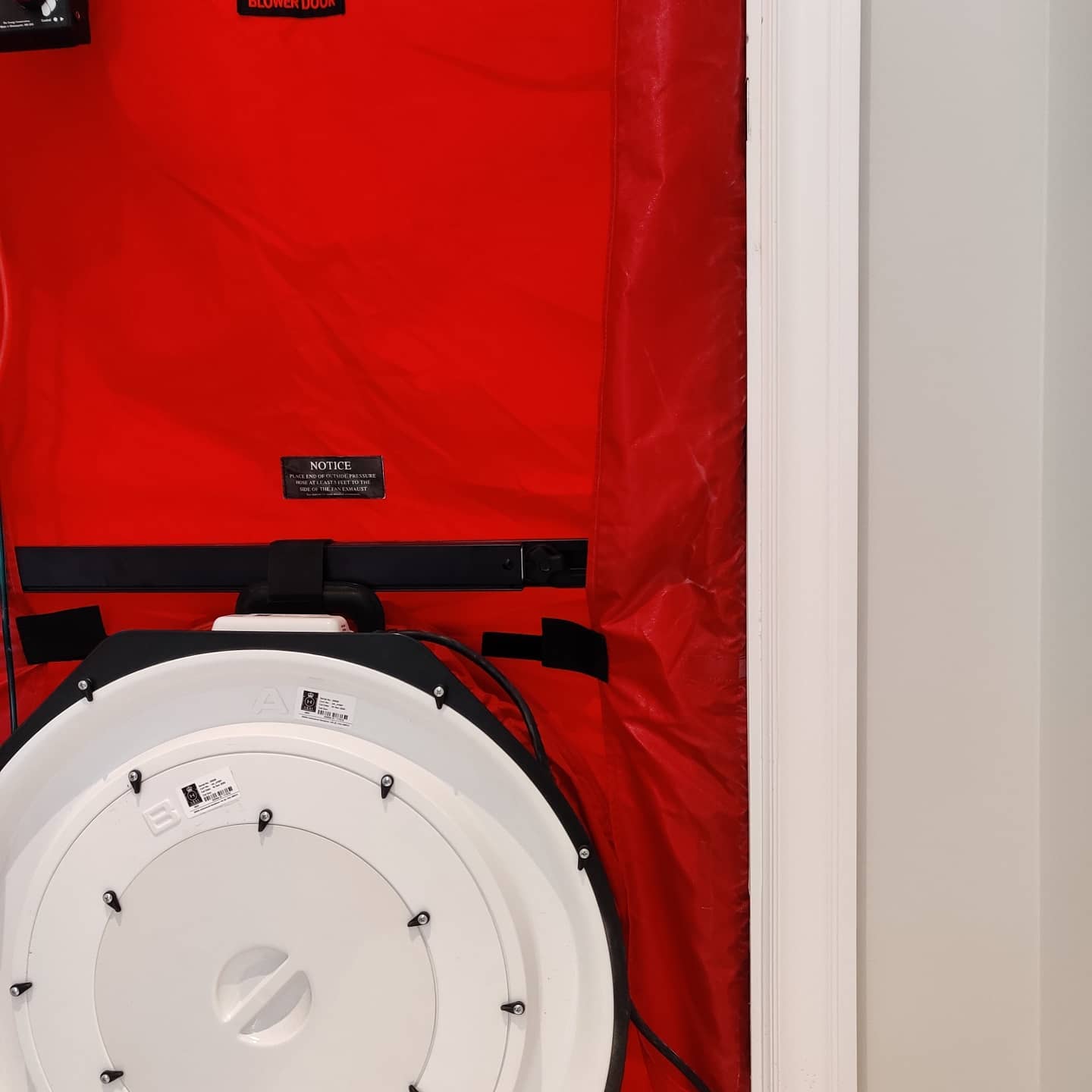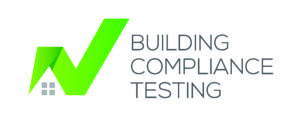
Smoke Testing
Enhance indoor air quality and energy efficiency with smoke testing in air tightness diagnostics. Find leaks, improve ventilation, and create a healthier environment.
 Smoke Testing
Smoke Testing
Smoke testing has been effectively employed to identify missing air barriers and detect air pathways within building structures, facilitating the assessment of heat loss and the potential for fire spread.
One of the key advantages of an air tightness test lies in its capacity to pinpoint areas of air leakage. However, in some dwellings and commercial buildings, certain inaccessible areas necessitate the use of a smoke machine.
By keeping the fan operational and introducing smoke into suspected leakage areas, the smoke is compelled to exit the building through these leakage points. This outward flow is visible from the outside, providing a clear illustration of how air escapes through the building gaps.
An appealing aspect of this method is its efficiency, speed, and the absence of lingering smoke residue within the building. Although typically beneficial for larger commercial buildings, even larger houses may require smoke testing, contingent upon their size and specific issues.
The smoke testing procedure generally requires a similar timeframe to complete as an air tightness test. However, in more intricate structures like schools with numerous rooms of varying sizes, it may take longer to identify and isolate leaks. Our experienced testers ensure the appropriate amount of smoke is used to effectively diagnose the building’s leakage points and provide recommendations for rectification.
Other Services
– Part L Compliance
– Multi-fan Commercial Testing
– Existing Buildings Testing
– Air Tightness Design Reviews
– Plenum and Raised Access Testing (RAF) to BG65 Standards
– Air Sealing in preparation for Air Tightness Testing
Summary
Air leakage testing, a requirement under Part L of the Building Regulations, assesses a building’s energy performance by measuring the volume of air escaping per hour per square meter at a specific pressure level (usually 50 Pascals). This test helps identify gaps and cracks in the building envelope, through which conditioned air can escape, leading to increased heating or cooling costs and potential carbon dioxide emissions. Conducted using a calibrated blower door system, the test takes approximately twenty minutes to a few hours and involves a fan, manometer, and software to determine results. Building Compliance Testing offers a comprehensive service, including design reviews, site inspections, and training, alongside other services such as smoke testing, air tightness design reviews, and Passivhaus testing, to ensure compliance and energy efficiency in various building types.
Frequently Asked Questions
What is required for an Air Tightness Test?
- Floor Plans and Section Drawings
- Site Address and Contact
- A copy of the Design-stage SAP report for dwellings
- A copy of the Design-stage BRUKL report for buildings other than dwellings i.e retail units
When do I know when I am ready for an Air Tightness Test?
- We will carry out the air tightness test once the unit is past the second fix stage and the following
elements within the unit are completed: - All walls are finished, including cladding, windows and doors.
- Skirting boards are fitted and sealed around
- Sockets and lights are fitted and completed, in some cases caulked around (mention potty pads)
- All plumbing work is completed and gaps or holes around the service pipes are sealed.
- Leakage around the door frame, threshold and window boards are sealed.
What am I allowed to temporarily seal for an Air Tightness Test?
We’re friendly and knowledgeable bunch so why not get in touch for a chat. You can always contact Building Compliance Testing with any questions through phone, email or our online chat service.
Don’t worry, we don’t charge for advice given over the phone, so why not ask for a free quote?
01621 493 594 | contact@buildingcompliancetesting.com
Let's Talk About Your Project?
Questions? We've Got Answers!
Find below a list of common frequently asked questions about Air Permeability Testing.

